If you are a person who is interested in fashion and constantly looking for brands that offer fashionable clothes for men, women, and children, then this article is a must-read for you.
In this article, we will shed light on the operations of a clothing brand famous for its quality and affordable prices. You must be wondering what brand this is, so without making you more curious, let us disclose that this article is about Primark.
Primark is a clothing brand that was launched in Ireland. Currently, it has branches all across the globe. Today, we will conduct a Primark PESTLE Analysis to see what external factors impact the operations of Primark. Also, make sure to check our Primark's SWOT Analysis.
Before proceeding to the PESTLE analysis of the brand, let's discuss the history of Primark, so we get to know the brand better.
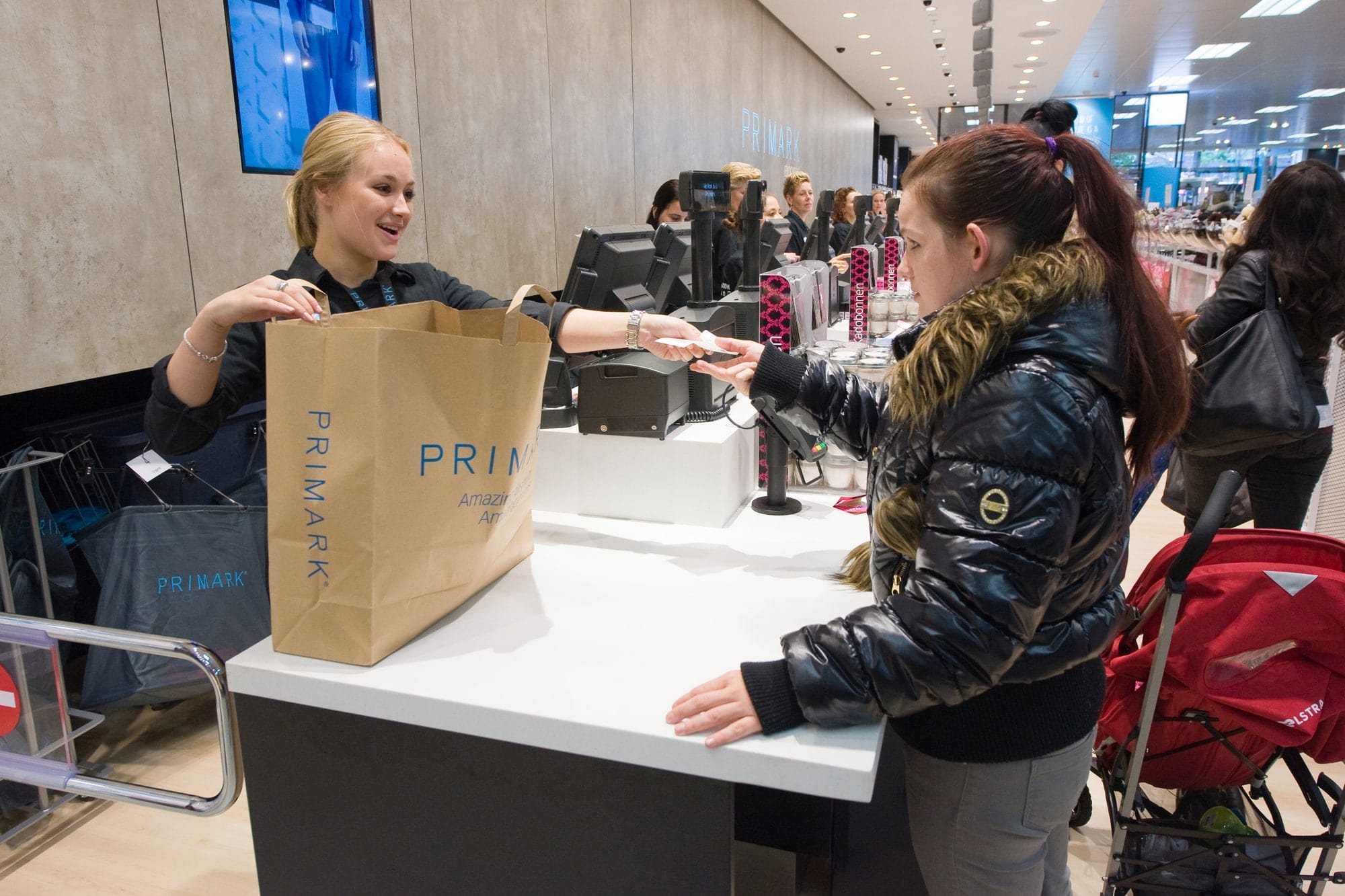
Primark is a brand that opened its first store in Dublin, Ireland, in 1969. The first store of Primark was named Penneys. As the brand became operational, it gained popularity due to its affordable prices and good-quality clothing.
Within a few years, many stores of Penneys spread across the country. However, its international expansion started when Associated British Foods (ABF) acquired the clothing brand.
In 1973, the brand opened its first branch in the UK. In the coming years, the brand expanded further and opened more stores in European countries. Primark became famous worldwide due to its affordable rates.
Besides its unique pricing strategy, Primark gained popularity due to its diverse products. Initially, Primark started selling clothing products. However, as the brand grew, it also started offering beauty products.
The section for baby products in Primark has always attracted couples and parents. The fashion brand offers various baby products, such as clothing and accessories.
Other than that, Primark also offers home products that grab the attention of families.
By doing so, Primark has increased its target customers, due to which its customer base has increased. As a result, the revenue of Primark increased, and the brand managed to generate high profits.
Primark is one of the most significant and affordable fashion brands today, with a global presence. It has a presence in more than 16 countries, mainly in Europe. The brand has opened more than 400 stores worldwide. It plans to open 130 more by 2030.
In 2022, the fashion brand managed to generate revenue of 7.6 billion pounds. Although this is huge, it was still less than what the brand produced pre-COVID.
Primark needs a large workforce to carry out its operations across the globe, which is why it has employed more than 72,000 people worldwide to make the brand function.
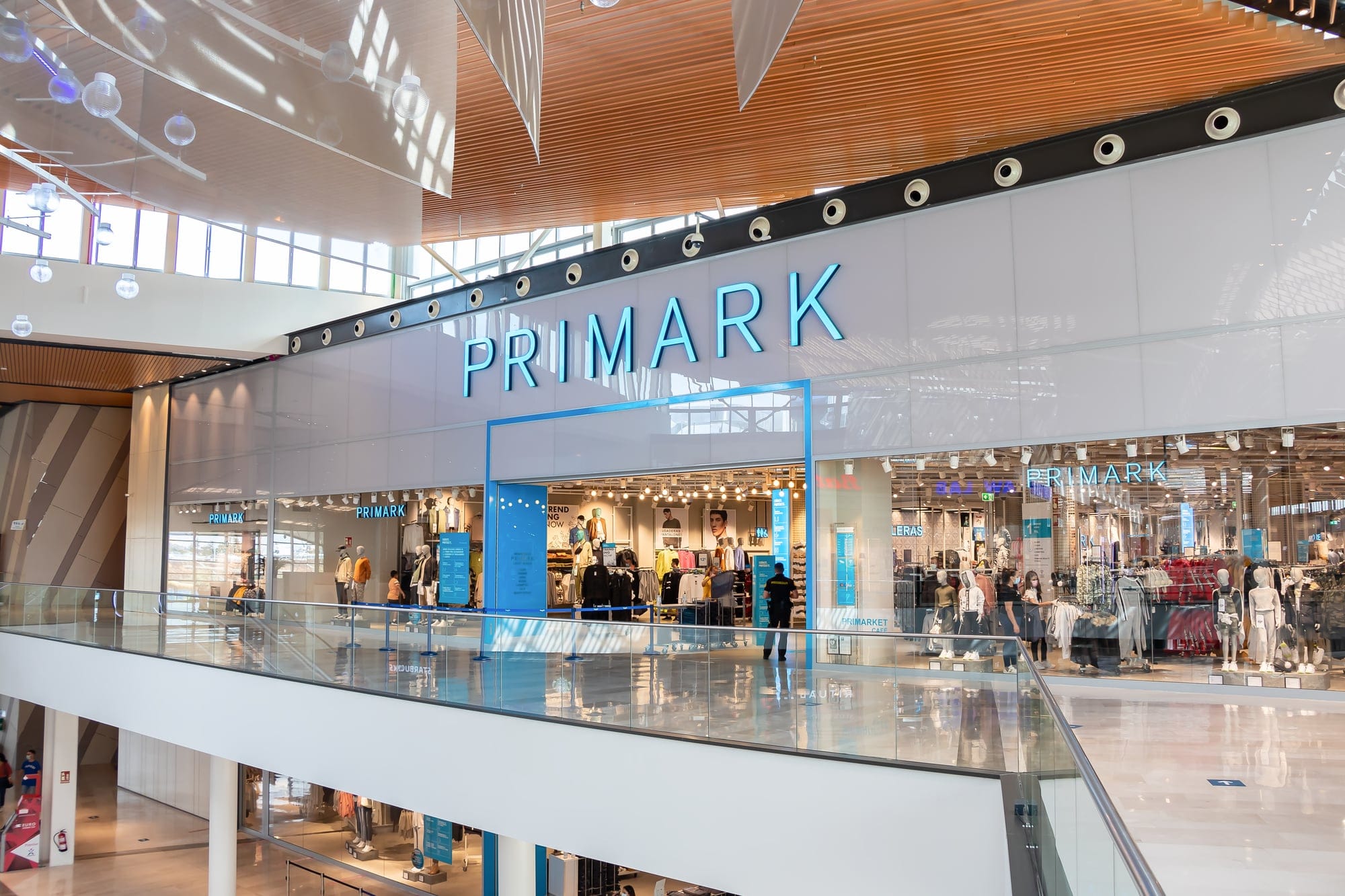
Now that we have discussed the history of Primark and shed light on how the brand evolved over the years, let's proceed further and conduct the PESTLE analysis of Primark. Before we conduct the PESTLE analysis, we need to discuss what PESTLE analysis is.
PEST analysis is a tool businesses use to find out how different external environmental factors impact a brand's operations in different ways. Now that we have discussed PESTLE analysis, let's proceed and how various political factors impact Primark.
Political Factors That Impact Primark
Political factors refer to government policies and the political environment. Different political factors significantly impact businesses. Primark is a multinational brand that is affected by various political factors.
Primark is a clothing brand that sources inputs such as raw materials and capital from around the world. However, the government sets the import quota and makes regulations regarding imports.
If a government decides to put restrictions on imports for some reason, Primark will suffer significantly because it won't be able to import raw materials such as cotton and machinery required in the manufacturing process.
Other than that, Primark is a multinational brand. It has branches in more than 16 countries. However, the operations of the overseas branches are largely affected by global politics. For example, many stores of Primark are located in Spain.
Suppose there is political tension between Ireland and Spain. In that case, any of the two countries can force Primark to shut its operation in Spain. This would impact Primark adversely and decrease its geographical presence.
Furthermore, political stability is essential for Primark, like any other business. Political stability helps the brand to achieve high sales. If there is political instability in a country, protests will cause the sales of the fashion brand to fall.
Moreover, taxes imposed by the government also impact Primark significantly. If a government imposes high taxes on retailers, the sales of Primark will go down, resulting in low profits.
Similarly, if a government imposes high taxes on the import of raw materials and machinery used by Primark, the products of the fashion brand will become expensive, and people will avoid buying the products of Primark.
Economic Factors That Impact Primark
Businesses are often impacted by the economic conditions of either the country where they operate or the global economic conditions. In this section, we will discuss the economic factors that impact the operations of Primark.
One major economic factor that impacts Primark is the inflation rate of the country where Primark operates. Primark is significantly impacted by the levels of inflation.
If a country experiences low inflation rates, people in such countries would generally be more keen to spend more money on clothing.
However, suppose a country experiences high inflation rates. In that case, demand for clothing brands falls since people have less disposable income to spend on things other than food and shelter.
Similarly, interest rates in a country have a great impact on Primark. Interest rates and consumption has an inverse relationship. This is why, when the interest rates are high, people tend to minimise their consumption to deposit their maximum disposable income in banks to get high returns.
Due to this inverse relationship between consumption and interest rates, Primark observes a drop in its sales whenever the interest rates are high.
Other than that, the eras of economic booms and recessions also have a great impact on the sales of Primark. When the economy is growing, people have jobs, and the living standards of people are generally high. In such eras, businesses prosper since people consume more.
Hence, in eras of economic growth, Primark also experiences growth because that's when the sales of Primark are high. On the contrary, in a recession, people's consumption falls due to unemployment and uncertainty. As a result, the sales of Primark fell in recession.
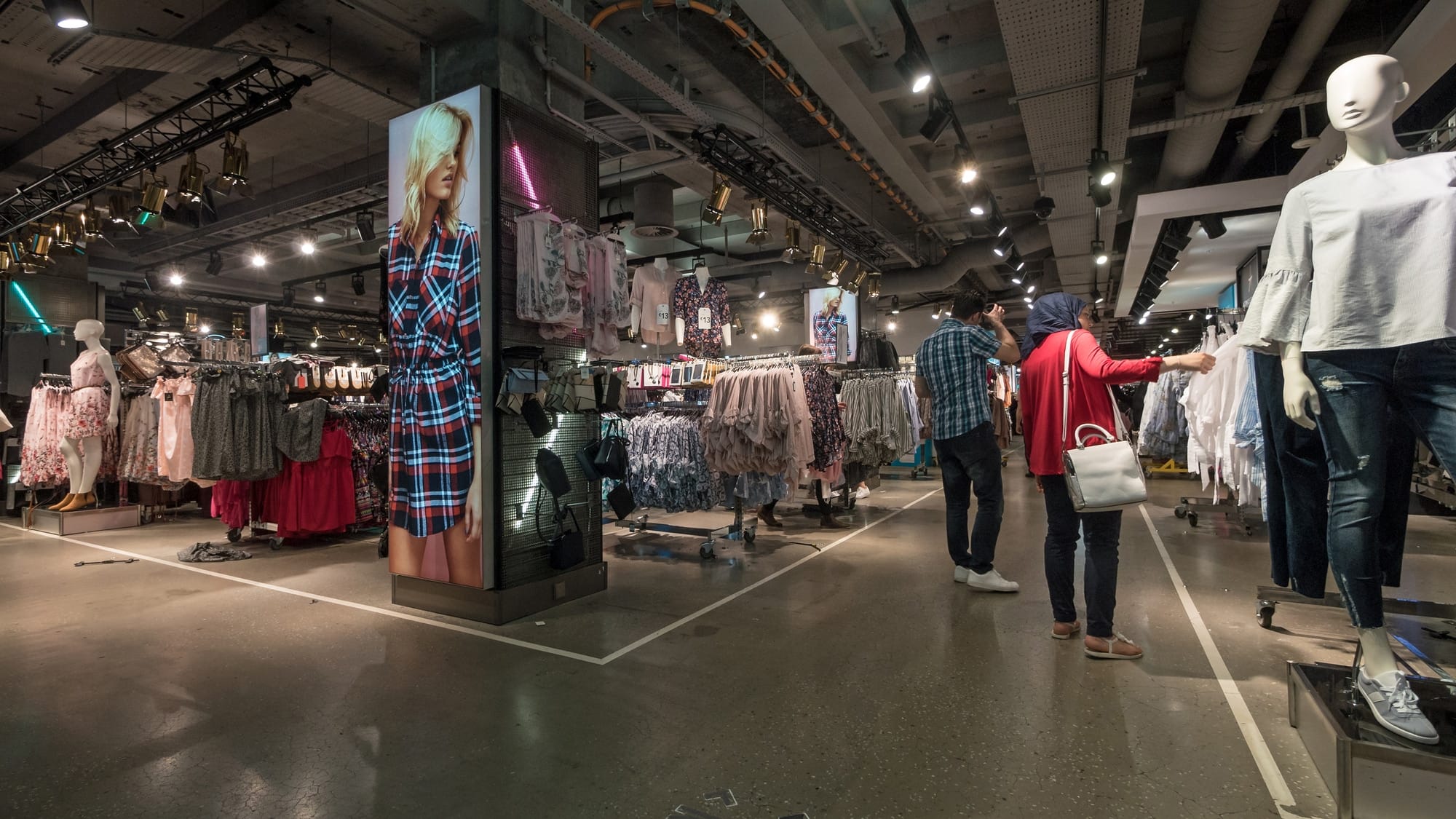
Social Factors That Impact Primark
Social factors are the factors that are linked to the social norms and culture of a country. In this section, we will discuss how various social factors impact Primark.
Changing consumer preferences impact Primark significantly.
For example, the demand for Primark's products may be high because people would find its designs fashionable. However, people may abandon the brand after some time because of their changing preferences.
Other than that, a country's demographics greatly impact Primark. Primark products would also be high in any country where the demand for women, men, and children's clothes is high.
Moreover, the culture of different countries impacts the operations of Primark. Primark is a brand that sells clothes that have Western designs. Selling such clothes might not be acceptable in some countries. Due to this, Primark won't be able to sell clothes in such countries.
Furthermore, some societies are conservative, where the participation of women in marketing campaigns is considered taboo. Primark has to pay great attention to its marketing strategy in such countries.
Besides that, shopping habits also vary from country to country. In some countries, people prefer to shop from online stores. Whereas in other countries, people prefer shopping and shopping from conventional brick-and-mortar stores.
Primark has to analyze consumers' shopping habits in the countries where it operates to know whether to invest more in online stores or physical stores.
Technological Factors That Impact Primark
Technological factors are the factors that are associated with technology and innovation. Every business looks forward to technological innovations. Let's discuss how different technological factors impact Primark.
Initially, when Primark started selling, it had to open its store. However, as technological innovations began, the e-commerce industry started to get established. E-commerce helped Primark in many ways.
For example, e-commerce increased the reach of Primark. Now, people from various parts of the world have gained access to the brand. Moreover, opening an online store costs much less than opening a conventional store. This helped Primark in maximising its profits.
Besides that, as the internet has penetrated, social media marketing techniques are replacing conventional marketing strategies. Social media has emerged as a significant source of marketing.
Social media are replacing conventional marketing mediums such as newspapers, radio, and TV since it costs less to market a product on social media than on any of these mediums.
Primark also promotes its products on social media, and due to its social media presence, the brand's customer base is constantly increasing.
Moreover, using data analytics can also help Primark target its potential customers. Primark can analyze its sales data and make effective strategies targeting its customers.
Legal Factors That Impact Primark
Legal factors refer to the factors associated with the laws and the country's legal framework. In this section, we will look at what legal factors affect Primark. The labor laws in countries wherever Primark operates hold great significance.
In countries with strict labor laws that ensure the rights of laborers, Primark has to ensure that it doesn't ask workers to work overtime in such countries, or else it might get sued.
Moreover, the fashion brand must be careful while handling customer data and ensure it is protected. Otherwise, the brand might have to pay heavy penalties in case of data leakages.
Besides that, Primark needs to make sure that no discriminatory practices are being practiced in Primark. In case of discrimination against workers or customers at Primark, the brand might get banned or at least face heavy fines.
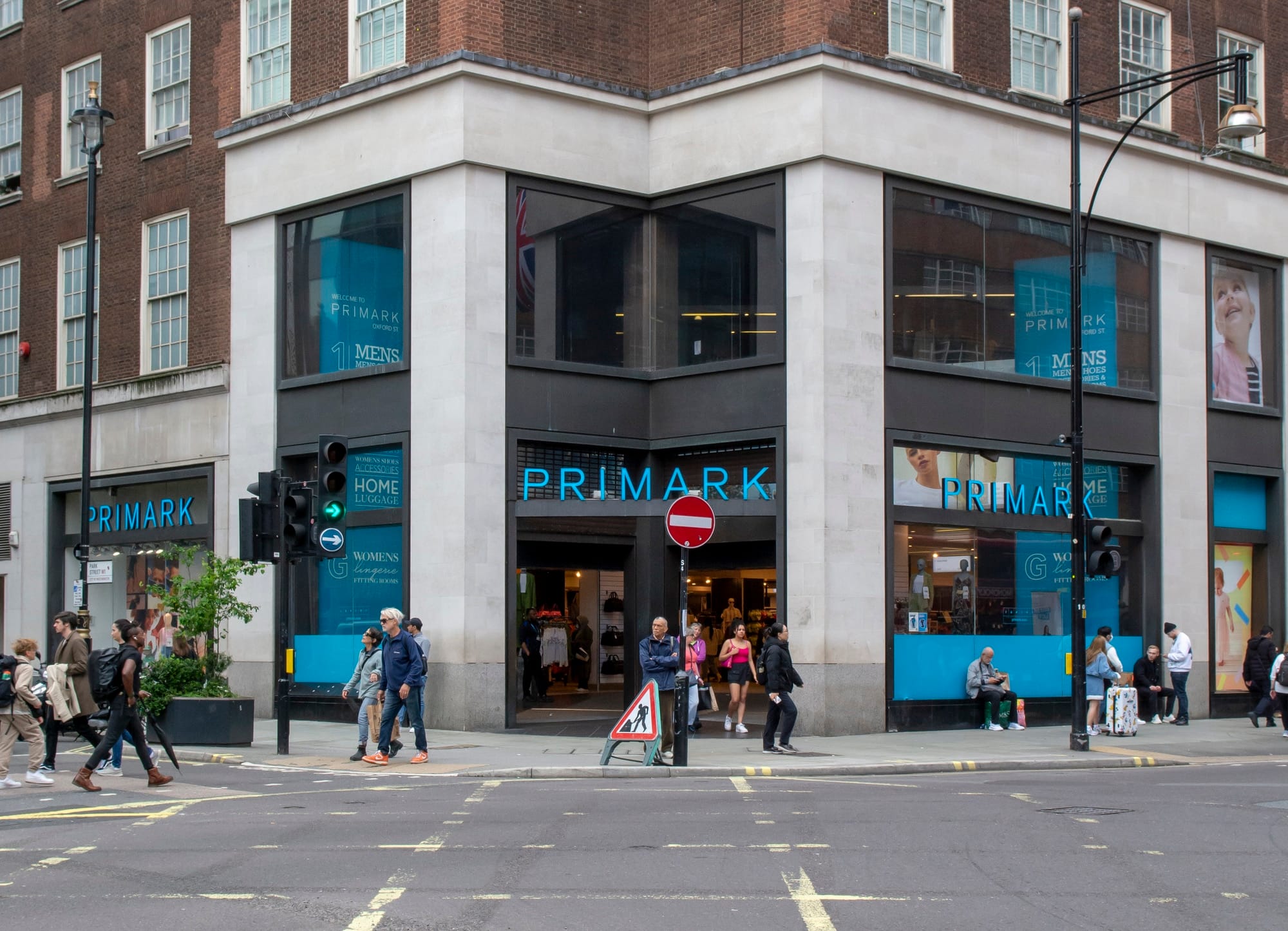
Environmental Factors That Impact Primark
Environmental factors are the factors associated with the environment. There are different ways through which the environment impacts the operations of Primark. Let's proceed and discuss how Primark is affected by different environmental factors.
Over the years, the frequency of natural disasters has increased across the globe. Natural disasters such as storms and floods cause traffic disruptions and road blockages. Such immobility due to natural disasters disturbs the supply chain of the brand. As a result, the brand suffers.
Moreover, natural disasters often disrupt the internet connection. This affects the brand adversely since people cannot order Primark's products on social media platforms and online stores.
Besides that, one of the main raw materials of Primark is cotton. However, climatic changes and irregular rainfalls are affecting the yield of cotton. Due to this, the price of cotton fluctuates.
Hence, Primark has to bear the fluctuations in the price of cotton. This affects the revenue and profits of the brand significantly.
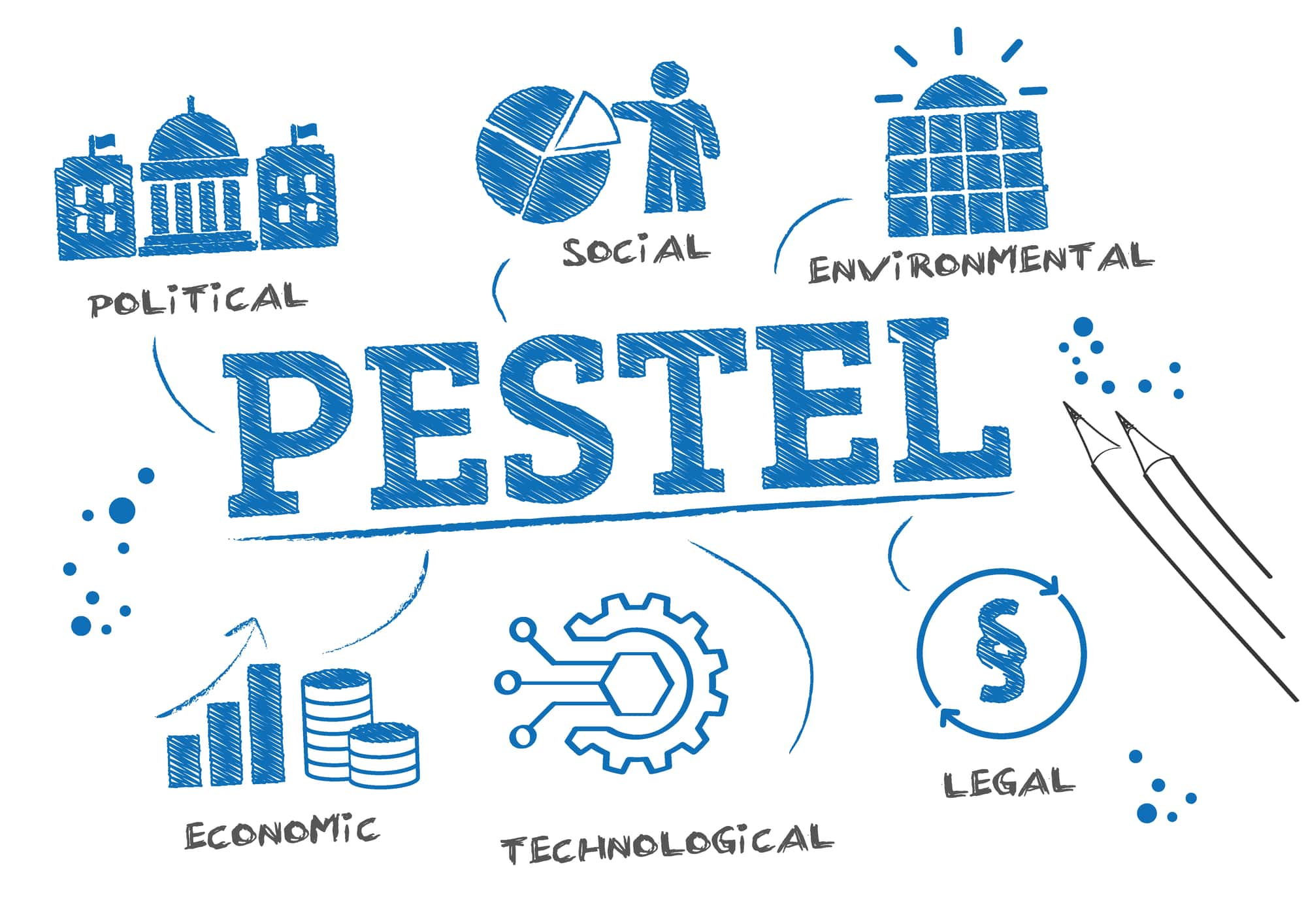
Primark PESTLE Analysis: Final Word
Primark is one of the famous brands for its affordable and fashionable clothing. Primark opened its first store in Ireland in 1969. The brand gained popularity in no time.
Within a few years, Primark went international. The brand opened its branches in multiple countries, due to which its customer base increased. To attract further customers, the brand launched more products. For example, Primark launched a line of baby clothing and home products.
Over the years, Primark got big. Currently, hundreds of stores in different parts of the world have thousands of employees. In today's article, we conducted the PESTLE analysis of Primark to see how various external factors impact the brand.
Before conducting the PESTLE analysis, we first discussed what PESTLE analysis is. After ensuring that your readers know the use of PESTLE analysis, we proceeded further.
The PESTLE analysis framework helped us in analyzing the impact of various external factors, such as political, economic, environmental, social, technological, and legal, on Primark.
If you found our article interesting and want to know more about PESTLE analysis, look at some of its examples.










